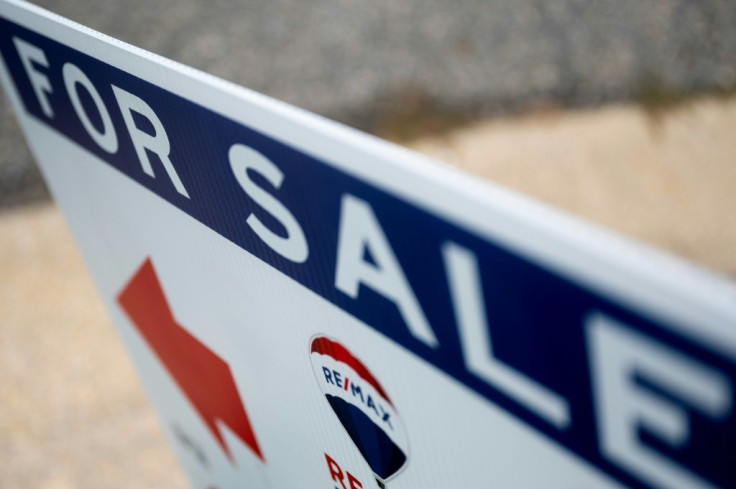Why Is The US Facing A Housing Shortage? COVID Isn't To Blame

The United States is suffering a housing shortage nationwide and in this case, the blame is not placed squarely on the COVID-19 pandemic.
According to data from Realtor.com, the U.S. is short 5.24 million single-family households which is an increase from the 3.84 million gap that existed in 2019. The U.S. Census found that 12.3 million American households were formed from January 2012 to June 2021, but just 7 million new single-family homes were built during that time.
At a glance, it appears this shortage is the result of COVID-19, but the picture is more complicated and the causes precede the pandemic. Today the U.S. economy is suffering from a labor shortage as employers across sectors struggle to find workers to fill vacancies. But the housing construction area’s worker shortage existed before COVID-19 swept across the U.S. in March 2020.
To be certain, COVID-19 is not completely blameless. The disruption of supply chains all over the world has raised costs for builders looking to acquire construction material. Pandemic-related demand also pushed up the prices for land as well.
Speaking to CNBC, Realtor.com's chief economist Danielle Hale said that millennials' demand for a household has outpaced expectations that members of the generation are a "renter's generation" as shown by the unmet demand for houses today.
Millennials, those born from 1981 to 1996, struggle more than their parents and grandparents in becoming homeowners. Even if there is unmet demand for homes, members of the generation are generally more pessimistic about any possibility that they will ever own one and COVID-19 has heightened this sentiment further.
In some cases, builders themselves are recognizing the economic picture where demand is too high and that it is unlikely to be met right away. In response, they are scaling back construction, reducing supply further. Given the rising costs from existing supply shortages on top of a low likelihood that demand will be met soon, the incentive to building cheaper homes is lower for developers today.





















